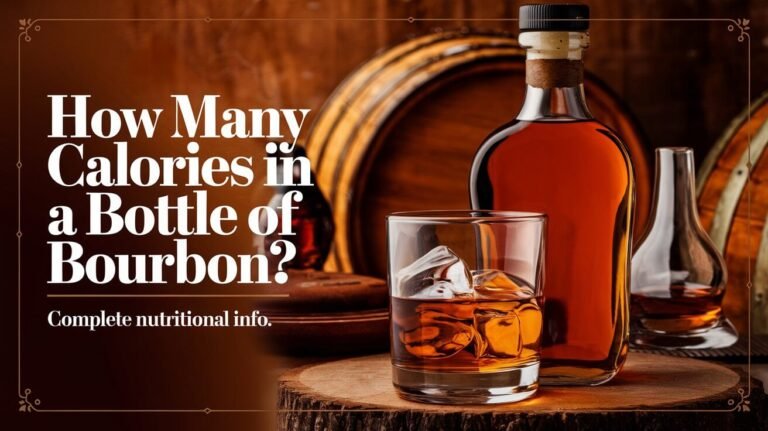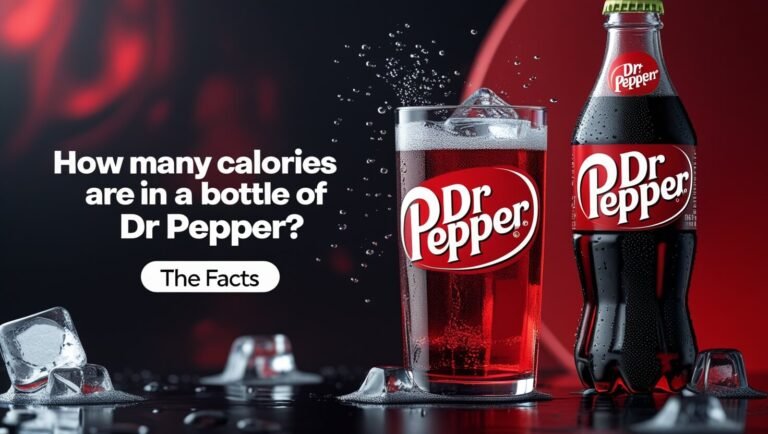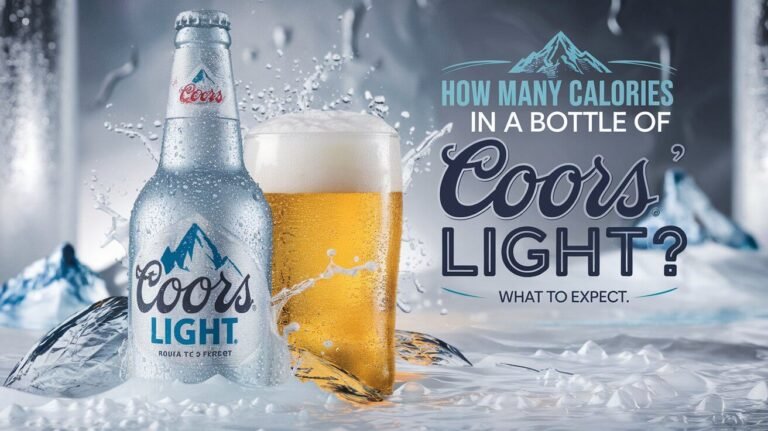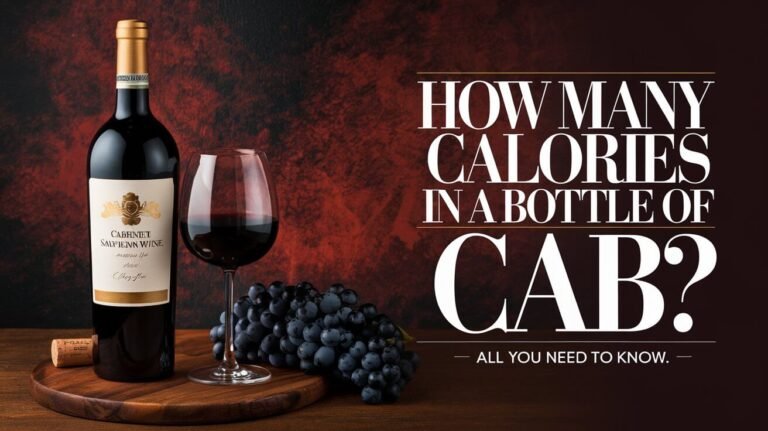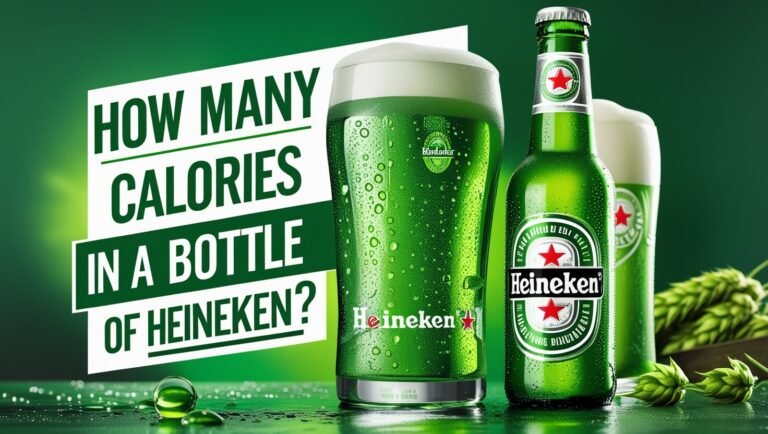How Many Calories in a Bottle of Olive Oil?
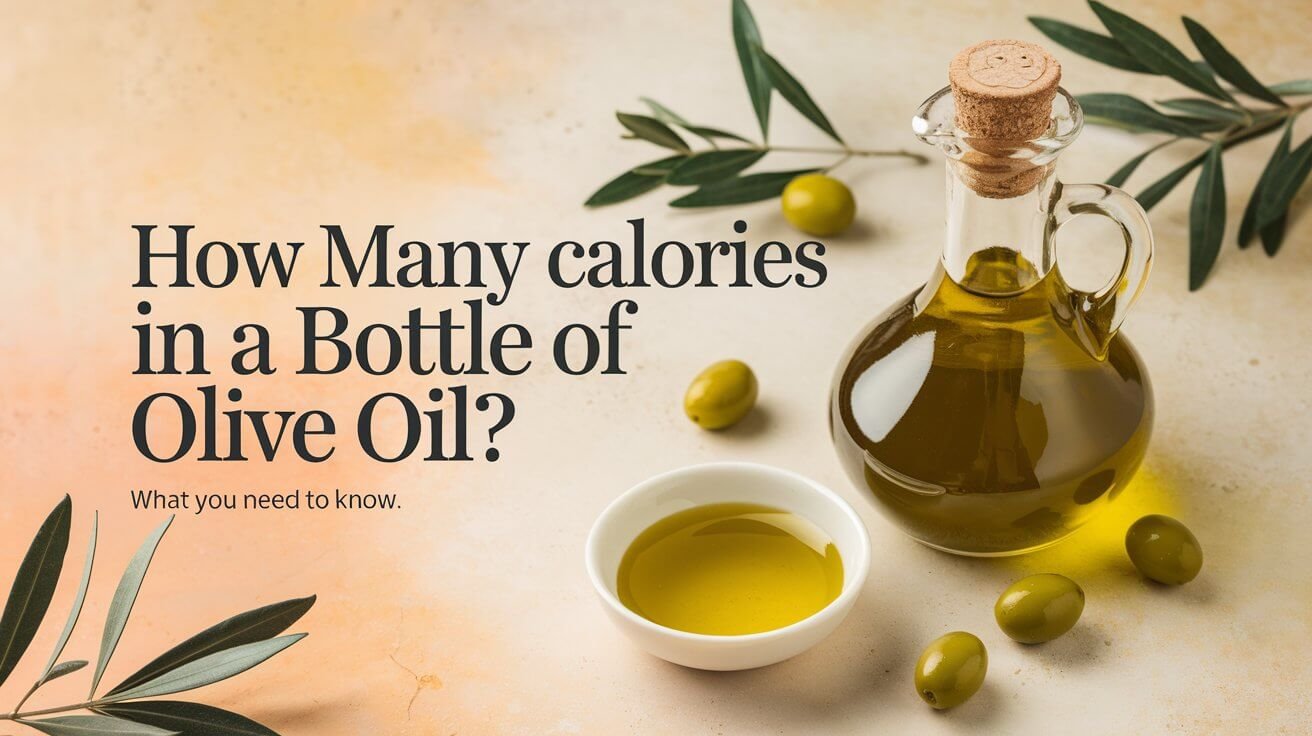
Have you ever thought about how many calories are in a bottle of olive oil? One tablespoon of extra virgin olive oil has about 120 calories. It also has 14g of total fat. Knowing this is key if you’re watching your calorie intake.
It’s not just about the calories in olive oil. It’s also about the size of the bottle and how many calories it holds. We’ll look into olive oil’s nutritional value and its benefits for your diet. Let’s explore the secrets of olive oil’s calories and how much you’re really getting in a bottle.
Raw Calorie Count of Olive Oil
Olive oil adds a lot to our daily calorie intake, with a notable olive oil calorie count. Knowing the raw calorie count of olive oil helps us understand its role in a healthy diet. One tablespoon, about 15ml, has 120 calories. This nutritional content of olive oil is key to its health impact.
The fat content in olive oil per tablespoon is as follows:
- Total fat: 14 grams
- Saturated fat: 2 grams
- Polyunsaturated fat: 2 grams
- Monounsaturated fat: 10 grams
- Trans fat: 0 grams
Olive oil’s fat composition offers many health benefits. It’s a favorite for cooking and dressings.
Regularly eating extra virgin olive oil can cut down cravings for sugary, low-nutrient foods. This might help with weight management and overall health.
Adding olive oil to meals can make you feel fuller. This can help you eat less and support weight loss. With about 884 calories per 100 grams, olive oil should be part of a balanced diet in moderation.
Standard Olive Oil Bottle Sizes and Their Caloric Content
Understanding olive oil bottle sizes and their calories is key for a healthy diet. Standard sizes range from 250ml to 750ml. Knowing the calories in each bottle helps us manage our daily intake.
A 100ml serving of olive oil has about 810 kCal. This means a 250ml bottle has around 2025 calories. A 500ml bottle has 4050 calories, and a 750ml bottle has 6075 calories.
Caloric Content of Different Bottle Sizes
The table below shows the calories in various olive oil bottle sizes:
| Bottle Size (ml) | Caloric Content (kCal) |
|---|---|
| 250ml | 2025 |
| 500ml | 4050 |
| 750ml | 6075 |
Calories in each bottle help plan meals and keep the diet balanced, whether for cooking or as a finishing touch.
Daily Serving Size Recommendations
The American Heart Association says olive oil is key for a healthy diet. They suggest 1-2 tablespoons of olive oil daily. This gives about 120-240 calories. You can adjust this based on your calorie needs and diet goals.
Here’s a look at olive oil calorie counts for different serving sizes:
- 1 teaspoon (5ml): 40 calories
- 1 tablespoon (14g): 120 calories
- 1/4 cup (60ml): 480 calories
- 1/2 cup (120ml): 960 calories
- 1 cup (240ml): 1,910 calories
Adults should aim for about 2 tablespoons of olive oil daily. This adds healthy fats like monounsaturated and polyunsaturated fats to your diet.
Calorie needs vary for everyone. Adjust your serving size as needed. Olive oil can support heart health and weight management.
| Serving Size | Calories |
|---|---|
| 1 teaspoon (5ml) | 40 |
| 1 tablespoon (14g) | 120 |
| 1/4 cup (60ml) | 480 |
| 1/2 cup (120ml) | 960 |
| 1 cup (240ml) | 1,910 |
Calories Per Tablespoon of Olive Oil
Knowing the calories in olive oil is key. One tablespoon has about 120 calories. It has 0% carbs, 100% fat, and 0% protein. This info is vital for those watching their calorie intake.
The calories in olive oil change with the measurement. Cooking measurements might add more calories with extra ingredients. But raw measurements show the true calorie count of olive oil.
Raw Versus Cooking Measurements
It’s important to know the type of measurement for olive oil. Cooking measurements can be different because of added ingredients. Raw measurements give a clearer picture of olive oil’s calorie content.
Metric Versus Imperial Measurements
Both metric and imperial systems are used for olive oil. One tablespoon is about 15ml. Knowing the difference helps with accurate calorie tracking. Here’s a table comparing olive oil’s calories in different measurements:
| Measurement | Calories |
|---|---|
| 1 tablespoon (15ml) | 120 calories |
| 1 teaspoon (5ml) | 40 calories |
| 100 grams | 884 calories |
Understanding olive oil’s calories per tablespoon helps in diet planning. It ensures you meet your daily calorie needs.
Fat Distribution in Olive Oil
Olive oil has different types of fats, with 14g of fat per tablespoon. Most of its fat is monounsaturated, which is good for your heart and helps with weight.
The fats in olive oil, like monounsaturated and polyunsaturated, make it nutritious. Knowing about olive oil’s fat helps us see its value in a healthy diet. Olive oil fats are key in the Mediterranean diet, linked to fewer heart problems.
A 10-gram serving of olive oil has about 90 calories. It’s mostly monounsaturated fatty acids (MUFAs), with oleic acid being the main one. This acid is great for your heart. Here’s a breakdown of olive oil’s fat:
| Type of Fat | Percentage |
|---|---|
| Saturated Fatty Acids (SFAs) | 17% |
| Monounsaturated Fatty Acids (MUFAs) | 71% |
| Polyunsaturated Fatty Acids (PUFAs) | 11% |
Adding olive oil to your diet can boost your heart health and help with weight. Its high monounsaturated fats make it a smart choice for managing fat intake.
Caloric Comparison with Other Cooking Oils
When we talk about caloric comparison, olive oil is often matched against other cooking oils. Extra virgin olive oil has about 120 calories per tablespoon. This is similar to canola oil and avocado oil. Coconut oil, on the other hand, has around 130 calories per tablespoon.
A caloric comparison shows olive oil has more calories than some oils. But, its nutritional benefits make it stand out. Here’s a table comparing the calories in different cooking oils:
| Oil Type | Calories per Tablespoon |
|---|---|
| Olive Oil | 120 |
| Coconut Oil | 130 |
| Canola Oil | 124 |
| Avocado Oil | 124 |
| Sunflower Oil | 120 |
Looking at olive oil versus other oils, each has its own benefits. By comparing calories, we can pick the right oil for our diet.
Olive Oil Types and Their Caloric Variations
There are many olive oil types, each with its own taste and calories. Extra virgin olive oil, for example, is top quality and tastes distinct, with about 119 calories per tablespoon.
Other olive oils, like ultra premium and high phenolic, also have around 120 calories per tablespoon. The main difference is in their acidity, how they’re made, and taste.
Here’s a quick look at some common olive oils and what makes them special:
- Extra Virgin Olive Oil: low acidity, high quality, distinct flavor
- Ultra Premium Olive Oil: low acidity, high quality, smooth flavor
- High Phenolic Olive Oil: high antioxidant content, robust flavor
- Pure Olive Oil: blended oil, lower quality, neutral flavor
All olive oils have about the same calories, but their health benefits and tastes can differ a lot.
| Olive Oil Type | Calories per Tablespoon | Acidity Level |
|---|---|---|
| Extra Virgin Olive Oil | 119 | 0.8% |
| Ultra Premium Olive Oil | 120 | 0.3% |
| High Phenolic Olive Oil | 120 | 0.5% |
| Pure Olive Oil | 120 | 1.0% |
Learning about olive oils and their calories helps in choosing the right one for your diet.
Incorporating Olive Oil Into a Balanced Diet
Adding olive oil to your diet is key for staying healthy. The American Heart Association says it’s a must-have for a good diet. It’s important to use it in the right amount. A serving of olive oil is about 10 grams, with 90 calories.
To enjoy olive oil’s benefits, follow these easy tips:
- Use olive oil as a finishing oil for dishes, adding it just before serving to preserve its nutrients.
- Incorporate olive oil into salads and vegetables to increase the absorption of essential vitamins and minerals.
- Choose high-quality, extra-virgin olive oil to get the most health benefits.
By using these tips and controlling portions, you can enjoy olive oil’s health perks. The Mediterranean diet, rich in olive oil, is good for your heart and can lower diabetes risk.
| Benefits of Olive Oil | Description |
|---|---|
| Reduced Risk of Heart Disease | Olive oil helps lower LDL cholesterol levels and reduce inflammation. |
| Anti-Inflammatory Effects | Olive oil contains polyphenols, which have anti-inflammatory properties. |
| Improved Cognitive Function | Olive oil may help delay the onset of Alzheimer’s disease. |
How Many Calories in a Bottle of Olive Oil: Complete Breakdown
To grasp the calories in a bottle of olive oil, knowing the serving size and total calories is key. A 250ml bottle has about 2020 calories. A 500ml bottle has 4040 calories, and a 750ml bottle has 6070 calories. This complete breakdown of the olive oil calorie count aids in meal planning and calorie control.
Olive oil’s nutritional profile is mostly fat. A 100ml serving has 810 kCal and 92g of total fat. The olive oil calorie count varies by serving size:
- 1 teaspoon (5ml): 40 calories
- 1 tablespoon (14g): 120 calories
- 1/4 cup (60ml): 480 calories
- 1/2 cup (120ml): 960 calories
- 1 cup (240ml): 1,910 calories
The calories and nutritional content in olive oil guide diet choices. Adults should consume about 2 tablespoons daily for weight management and health benefits.
| Serving Size | Calories | Total Fat |
|---|---|---|
| 1 teaspoon (5ml) | 40 | 4.5g |
| 1 tablespoon (14g) | 120 | 14g |
| 1/4 cup (60ml) | 480 | 56g |
Cooking Methods That Affect Calorie Content
Cooking methods can change the calorie content of olive oil. Heating olive oil can alter its nutritional profile. It’s important to pick the right cooking methods to keep its nutritional value.
Frying can make olive oil’s calorie and fat content higher. This is because the oil absorbs more during frying. Using olive oil raw helps keep its nutritional benefits. Also, how you store olive oil can affect its nutritional value.
Heat Impact on Calories
High temperatures can change olive oil’s nutritional composition. This can lead to a loss of beneficial compounds. It’s key to use the right cooking methods to reduce this effect.
Storage Effects on Nutritional Value
Storage conditions can also impact olive oil’s nutritional value. Factors like light, heat, and oxygen can affect its quality. Keeping olive oil in a cool, dark place helps preserve its nutritional benefits and calorie content.
| Cooking Method | Calorie Content | Heat Impact |
|---|---|---|
| Frying | Increased | High |
| Raw | Retained | None |
| Grilling | Minimal | Low |
Smart Consumption Guidelines for Health-Conscious Individuals
Adding olive oil to our diet is a smart move for health. It’s key to follow consumption guidelines to enjoy its benefits without overdoing it. The American Heart Association says olive oil is vital for a healthy lifestyle.
Research shows that using more than half a tablespoon of olive oil daily can lower heart disease risk by 19%. A review of 13 studies also found that olive oil helps reduce heart disease and death from other causes.
Choosing the right olive oil, like extra virgin, and using it wisely is important. By doing this, we can add olive oil to our meals in a way that boosts our health.
Short Questions:
How many calories are in a bottle of olive oil?
A small bottle of olive oil (250ml) has about 2,020 calories. A medium bottle (500ml) has around 4,040 calories. A large bottle (750ml) has about 6,070 calories.
What is the raw calorie count of olive oil?
Olive oil has 120 calories per tablespoon. It also has good fats like monounsaturated and polyunsaturated fats. These fats are good for your health.
What are the daily serving size recommendations for olive oil?
The daily serving size of olive oil is 1-2 tablespoons. This gives you 120-240 calories. Adding olive oil to your meals can help your heart and help with weight management. But, you should adjust the serving size based on your calorie needs.
How do the calories in olive oil compare to other cooking oils?
Olive oil has 120 calories per tablespoon. It has more calories than vegetable oil but better fats. Coconut oil has more saturated fats than olive oil. Avocado oil has similar fats to olive oil and also has a lot of calories.
How do different types of olive oil affect the calorie content?
Extra virgin olive oil has more calories than other types because it has more fat. But, it’s a good choice for health because of its monounsaturated fats.
How can cooking methods and storage affect the calorie content of olive oil?
Cooking methods can change olive oil’s calories. Heat can alter its nutritional value. Also, how you store olive oil can affect its nutritional benefits and calories.

